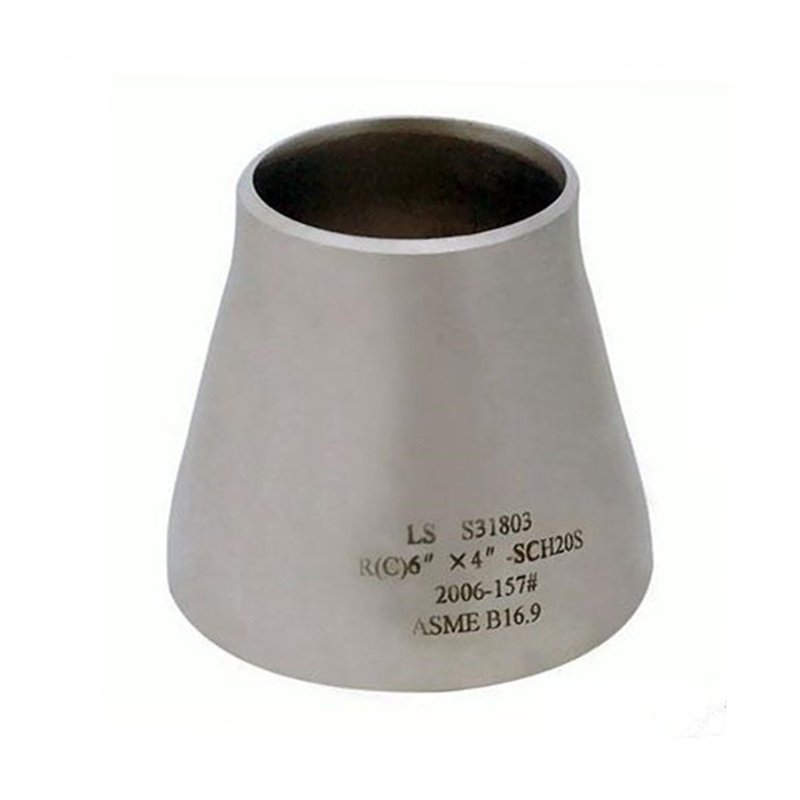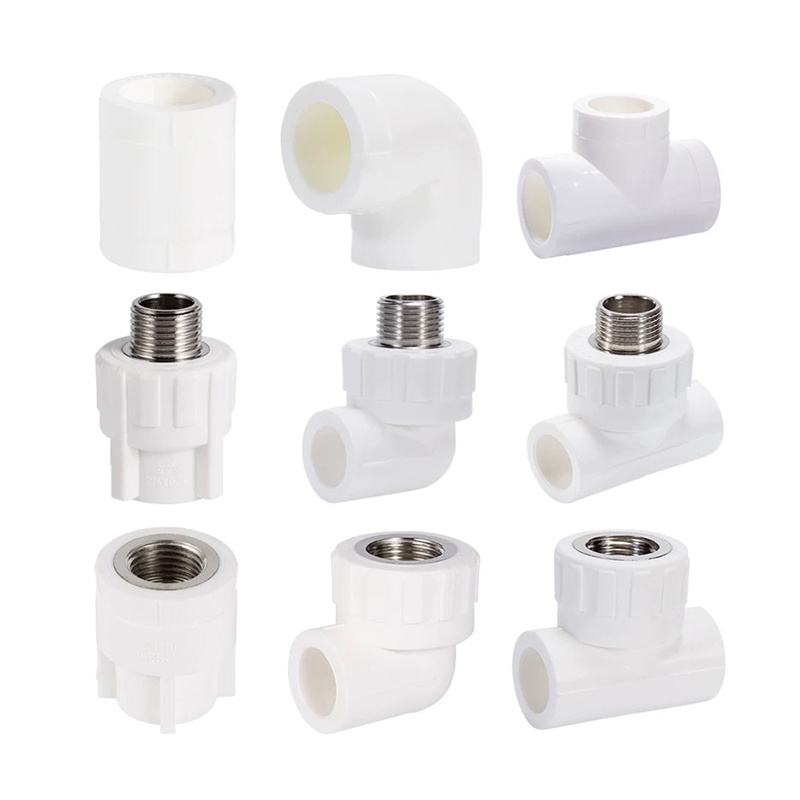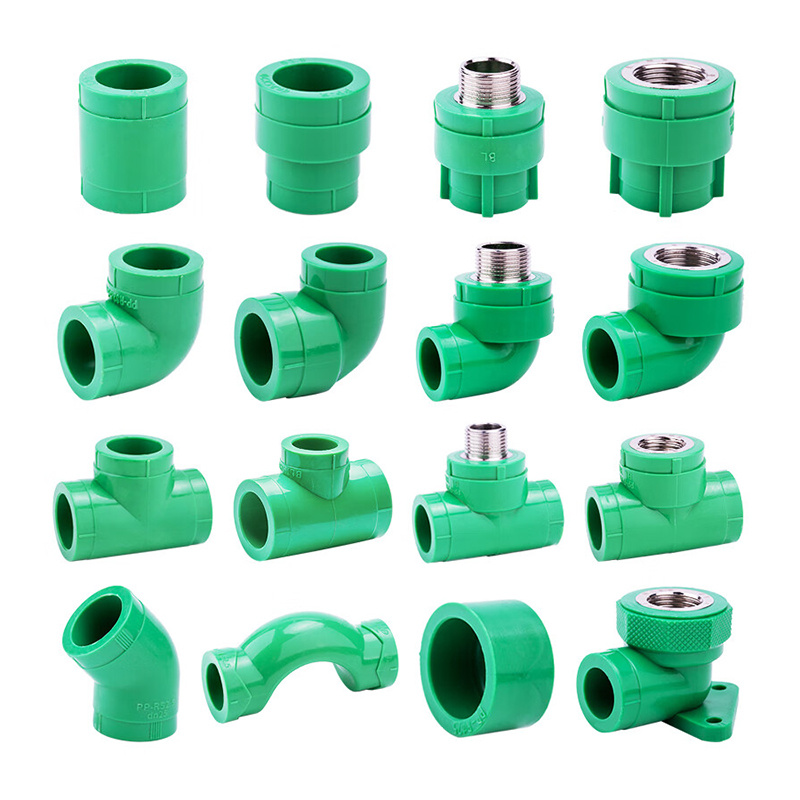
1. Structure & Design
A ball valve is a quarter-turn valve that uses a hollow, perforated, pivoting ball to control flow. Key components include:
- Valve Body: Typically made of stainless steel, brass, or carbon steel.
- Ball: A rotating sphere with a bore (hole) for flow control.
- Seats: Sealing rings (PTFE, reinforced PTFE, or metal) to ensure tight shut-off.
- Stem: Connects the actuator to the ball for rotation.
- Actuator: Manual (lever/handwheel) or automated (electric/pneumatic).
2. Working Principle
- Open Position: The ball’s bore aligns with the pipeline, allowing full flow.
- Closed Position: The ball rotates 90°, blocking flow completely.
- Partial rotation enables flow regulation (limited in standard designs).
3. Types of Ball Valves
| Type | Key Features |
|---|---|
Floating Ball | Ball held by seats; ideal for low-to-medium pressure. |
Trunnion Ball | Ball anchored by trunnions; suits high-pressure/high-temperature systems. |
Full-Port | Bore diameter matches pipeline; minimal pressure drop. |
Reduced-Port | Smaller bore; compact design for space-constrained applications. |
Multi-Port | 3- or 4-way configurations for flow diversion/mixing. |
V-Port Ball | V-shaped bore for precise flow control. |
4. Core Technical Parameters
| Parameter | Specifications |
|---|---|
Size Range | 1/2" to 48" (DN15 to DN1200). |
Pressure Rating | Class 150 to Class 2500 (ANSI/ASME); PN6 to PN450 (ISO). |
Temperature | -50°C to 200°C (standard seals); up to 400°C with metal seats. |
Connection Type | Flanged, threaded (NPT/BSP), welded (socket/butt), or wafer-style. |
Body Material | Stainless steel (CF8M/316), brass, carbon steel, alloy steel, PVC/CPVC. |
Ball Material | Chrome-plated stainless steel, coated steel, or ceramic (abrasive fluids). |
Seal Material | PTFE, RPTFE, PEEK, Nylon, or metal-to-metal (high-temp/pressure). |
Actuation | Manual lever/handwheel, electric actuator, or pneumatic actuator. |
Leakage Class | ANSI/FCI 70-2 Class VI (soft seats) or Class IV (metal seats). |
5. Key Applications
- Oil & Gas: Pipeline isolation, refining, and LNG systems.
- Chemical/Petrochemical: Corrosion-resistant designs for aggressive media.
- Water Treatment: Low-leakage shut-off in water supply/wastewater systems.
- Pharma/Food: Sanitary ball valves with CIP/SIP compatibility (3A/FDA standards).
- HVAC: Regulating water/glycol flow in heating/cooling systems.
6. Standards & Certifications
- API 6D, ISO 17292, ASME B16.34 (design/manufacturing).
- Fire-Safe: API 607/6FA for hydrocarbon services.
- NACE MR0175: For sour gas (H₂S) environments.
Keywords

Ball Valve
A ball valve is a quarter-turn rotary valve that uses a hollow, perforated, and pivoting ball to control fluid flow. It is widely used for on/off control, throttling, and isolation in pipelines due to its durability, reliability, and low maintenance.
Contact Us
Classification
Get A Quote
NOTE: Please leave your email, our professional person will contact you asap!




